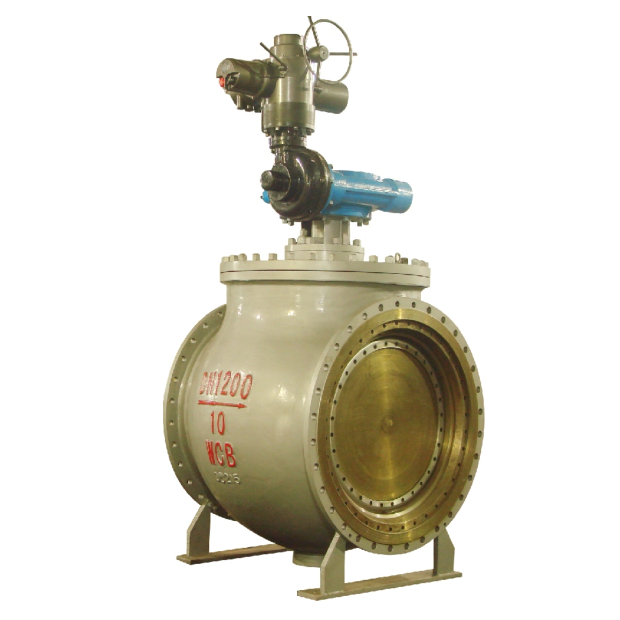Hand electric upper mounted eccentric hemispherical valve is a valve device used for fluid control, which can be operated manually or electrically. Unlike standard ball valves, eccentric hemispherical valves have a ball with an eccentric design, typically used to control fluid flow, reduce fluid pressure drop, and lower wear and tear. The main material can be selected from WCB carbon steel or 304 stainless steel, and the connection method is mainly flange connection. The electric actuator also has switch type and adjustable type to choose from.

The following are the key features of the manual electric upper mounted eccentric hemispherical valve: 1 Eccentric design: This type of valve ball is eccentric, meaning that the center axis of the ball is not at the geometric center of the ball, which helps reduce the contact area between the ball and the valve seat, reducing friction and wear. 2. Top up design: The actuator components of the top up valve, such as the handle or electric actuator, are installed on the upper part of the valve body for easy operation and maintenance. 3. Manual operation: This type of valve can be manually operated, usually with a handwheel, handle, or other manual device used to control the position of the ball. 4. Electric operation: In addition to manual operation, some eccentric hemispherical valves can also be operated electrically, equipped with electric actuators that can control the position of the ball through electrical signals. 5. Reduce pressure drop: Due to the eccentric design, the eccentric hemispherical valve can reduce the pressure drop when the fluid passes through the valve, reduce energy consumption, and is suitable for applications that require lower fluid velocity and energy consumption. 6. Purpose: This type of valve is commonly used in liquid or gas fluid control applications, such as chemical, water treatment, water supply and drainage systems. Handheld electric upper mounted eccentric hemispherical valve is an important industrial equipment that helps achieve precise control of fluid systems and reduce energy consumption. When selecting and using this type of valve, factors such as fluid type, temperature, pressure, and flow rate need to be considered based on specific application requirements.